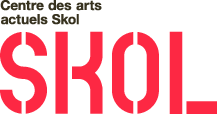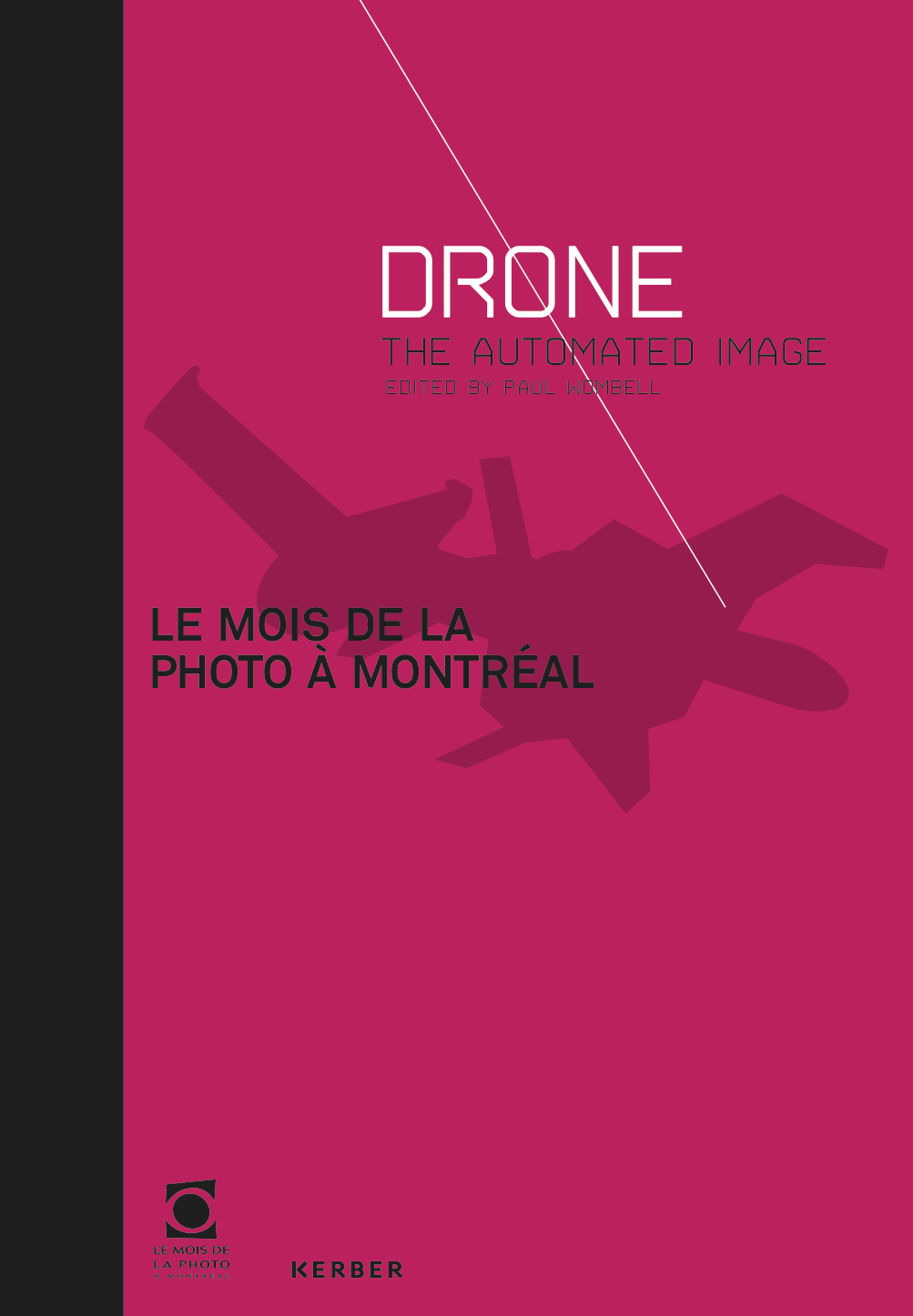Publication of the 13th edition of Le Mois de la Photo à Montréal
Drone: The Automated Image
Le Mois de la Photo à Montréal et Kerber Verlag
Montreal, 2013
232 p. (162 colour ill., 35 b&w ill.), Hard cover, 16.8 x 24 cm
ISBN 978-3-86678-803-9
$40.00
Graphic design: Dominique Mousseau
Authors:
Paul Wombell (ed.) – Guest curator of Le Mois de la Photo à Montréal 2013, independent curator and writer on photography, London, U.K.
Jordan Crandall – Artist, theorist, performer, professor in the Visual Arts Department, University of California, San Diego
Francine Dagenais – Author, theoretician, art historian, professor in the Visual Arts Department, Université Laval, Québec City
George Legrady – Artist, professor in Media Arts & Technology, University of California, Santa Barbara
Melissa Miles – Senior lecturer in the Faculty of Art, Design and Architecture, Monash University, Melbourne
Joanna Zylinska – Artist, professor of new media and communications, Goldsmiths, University of London, U.K.
Drone: The Automated Image is the official publication of the 13th edition of Le Mois de la Photo à Montréal. More than an exhibition catalogue, this reference book is lavishly illustrated with the works from the 25 exhibitions of the event, and includes essays by leading commentators on contemporary art and technology. For the first time, Le Mois de la Photo à Montréal co-produced its publication with Kerber Verlag, a renowned German publisher of high-quality art books.
The camera is not a tool just waiting to be picked up and used, but a sophisticated instrument with its own laws, its own ways of working, and even its own life. With the incorporation of automatic devices – and, more recently, computers – the camera has its own agency. It can see what is invisible to the human eye; it can work continuously; it can travel to places that humans would find impossible or dangerous to visit; it can enter the human body and travel into outer space. It has been taken for granted that the photographic image is the most important aspect of the photographic process. However, the artists and writers in Drone: The Automated Image suggest something completely different. At the centre of their concerns is the changing relationship between the camera and the body and how the camera can function with little human involvement. As humans rely more and more on technology to extend vision, the camera takes on behaviours associated with the body. From CCTV to Google Street View, from remote cameras to robots, and from photo booths to drones, cameras are remaking the conditions of human existence.

